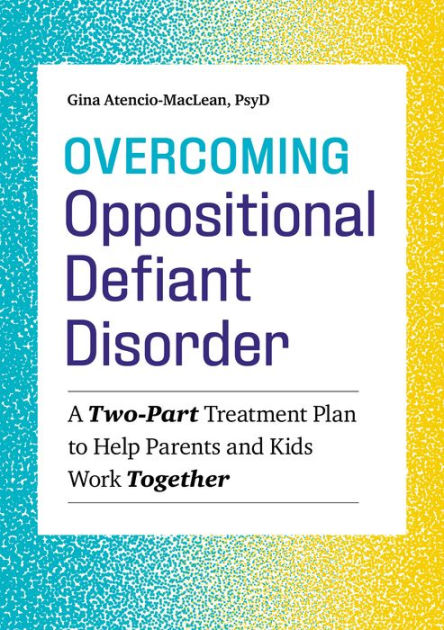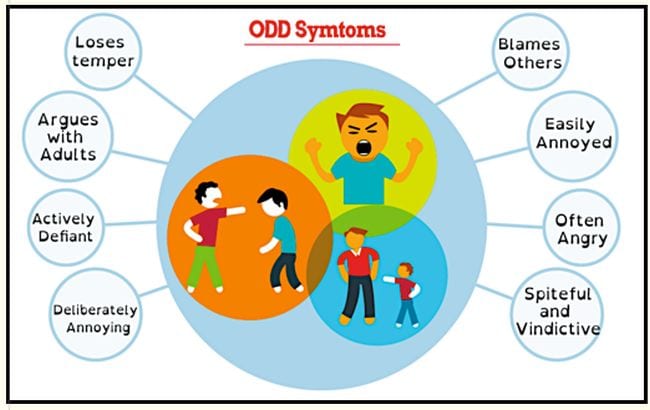Oppositional Defiant Disorder (ODD) is a behavioral disorder that is characterized by a pattern of angry or rebellious behavior in children and adolescents. Children with ODD may display a range of behaviors, such as arguing with adults, refusing to follow rules, and deliberately annoying others. In severe cases, children with ODD may engage in physical aggression or destruction of property.
One example of oppositional defiant disorder is a child who consistently refuses to follow rules set by adults. For example, a child with ODD may refuse to do their homework, follow household rules, or follow rules at school. They may argue with adults and try to justify their disobedience, or they may simply refuse to comply with requests or instructions. This type of behavior can disrupt the child's daily routine and create conflicts with authority figures.
Another example of ODD is a child who deliberately annoys or provokes others. This may involve teasing, taunting, or acting out in a way that is meant to be disruptive or upsetting to others. Children with ODD may enjoy the attention and power they gain from these behaviors, even if it is negative attention.
Physical aggression is another common behavior associated with ODD. Children with this disorder may act out physically, either by hitting, kicking, or throwing objects. In severe cases, they may engage in destruction of property, such as breaking windows or tearing up books. This type of behavior can be dangerous and may lead to serious consequences, such as injuries to others or damage to property.
It's important to note that all children display some level of defiance or disobedience at times, and ODD is only diagnosed when these behaviors are severe and persistent. Treatment for ODD typically involves a combination of therapy, medication, and parent training to help children learn more appropriate ways of expressing their emotions and coping with frustration. With proper treatment, children with ODD can learn to manage their behaviors and develop more positive relationships with others.







